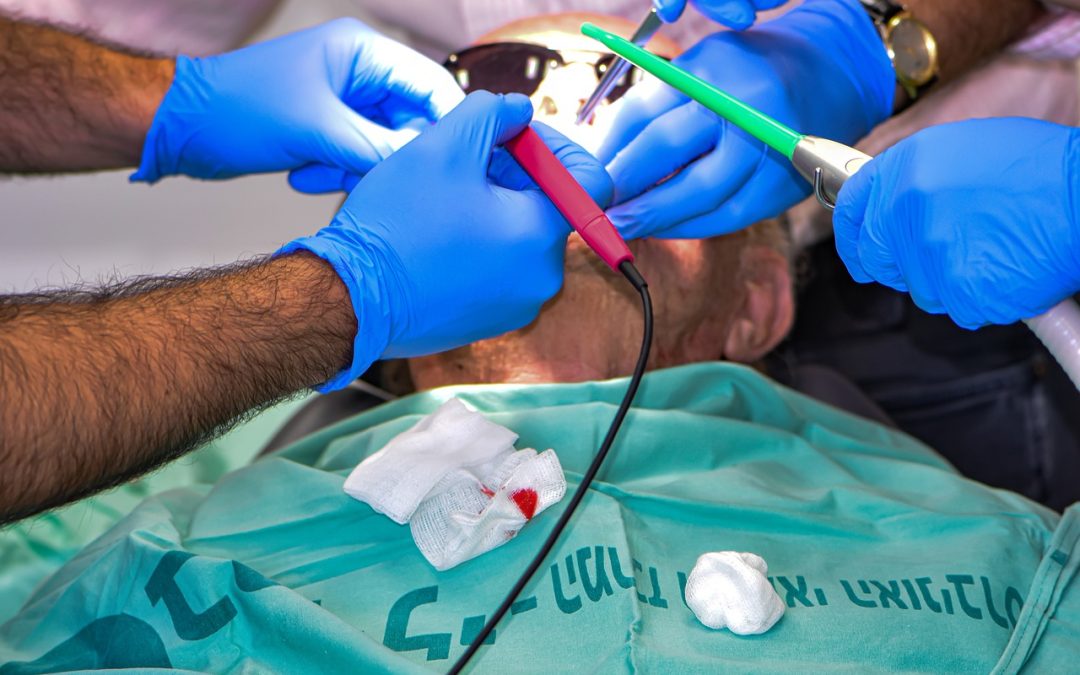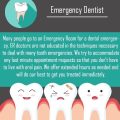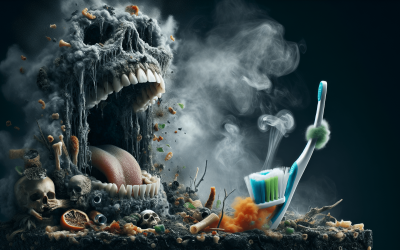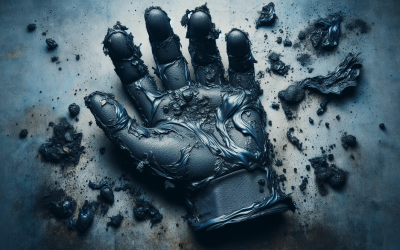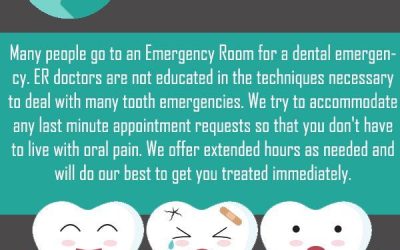So, you’re minding your own business, enjoying your day, when suddenly, you feel a sharp pain in your mouth. As you check it out with your tongue, you realize that it’s not just any pain; it’s that dreaded feeling of a chipped or broken tooth. Whether it’s from biting down on something hard or experiencing a traumatic accident, dealing with a damaged tooth can be quite a hassle. But don’t worry, in this article, we’ll explore the various causes, symptoms, and treatment options for chipped or broken teeth, so you can regain your confident smile in no time.
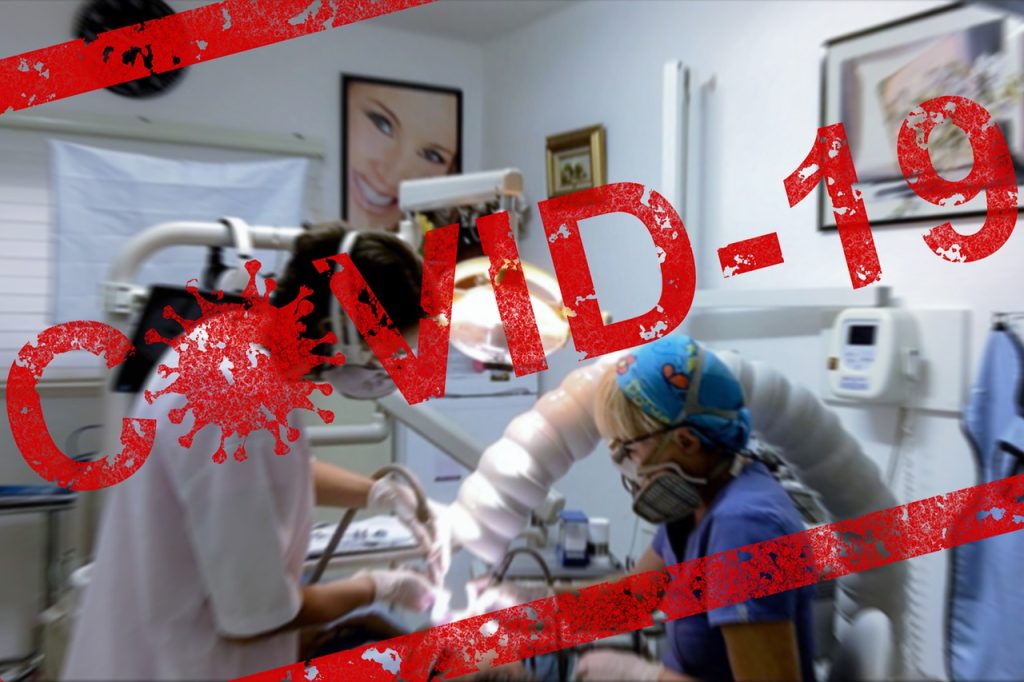
Causes of a Chipped or Broken Tooth
When it comes to chipped or broken teeth, there are several potential causes to consider. Trauma or injury is one common cause of tooth damage. This can occur as a result of accidents or sports-related injuries, where direct force is applied to the tooth. Tooth decay is another leading cause of chipped or broken teeth. When tooth decay weakens the structure of the tooth, it becomes more susceptible to breakage. Biting on hard objects, such as ice or popcorn kernels, can also chip or break a tooth. Additionally, excessive chewing or grinding, also known as bruxism, can put undue pressure on the teeth and lead to damage. Finally, age-related wear and tear can cause teeth to become brittle and prone to chipping or breaking.
Signs and Symptoms of a Chipped or Broken Tooth
If you suspect you have a chipped or broken tooth, there are several signs and symptoms to look out for. The most obvious sign is a visible chip or break in the tooth. This can range from a small, barely noticeable chip to a more significant break that exposes the tooth’s inner layers. Tooth sensitivity is another common symptom, especially when consuming hot or cold foods and beverages. Some individuals may experience pain or discomfort, either in the affected tooth or in the surrounding gums. Sharp edges on the chipped or broken tooth can also occur, posing a risk to the tongue and cheeks. Finally, difficulty chewing or biting is another indication that you may have a chipped or broken tooth.
Types of Chipped or Broken Teeth
Not all chipped or broken teeth are the same. There are several different types of tooth damage to be aware of. A cracked tooth occurs when a small crack develops in the tooth enamel. This type of damage often extends below the gumline, making it difficult to detect. A fractured cusp happens when a piece of the tooth’s chewing surface breaks off. This type of chipped tooth is common in individuals with large fillings. A split tooth occurs when a crack travels from the chewing surface of the tooth towards the root, resulting in a visible separation. Vertical root fractures are breaks that extend from the root of the tooth towards the crown. Finally, a broken crown refers to the complete separation of a dental crown from the underlying tooth.
Diagnosis of a Chipped or Broken Tooth
In order to properly diagnose a chipped or broken tooth, a dentist will conduct a thorough examination. This typically begins with a visual examination of the affected tooth and surrounding areas. The dentist will also take into account your dental history, including any previous dental work or trauma. X-rays or imaging may be necessary to assess the extent of the damage, especially in cases where the breakage is not readily visible. Additionally, a bite test may be performed to evaluate how your teeth come together when biting down. This helps the dentist determine if there is an abnormal bite or if the broken tooth is affecting the overall occlusion.
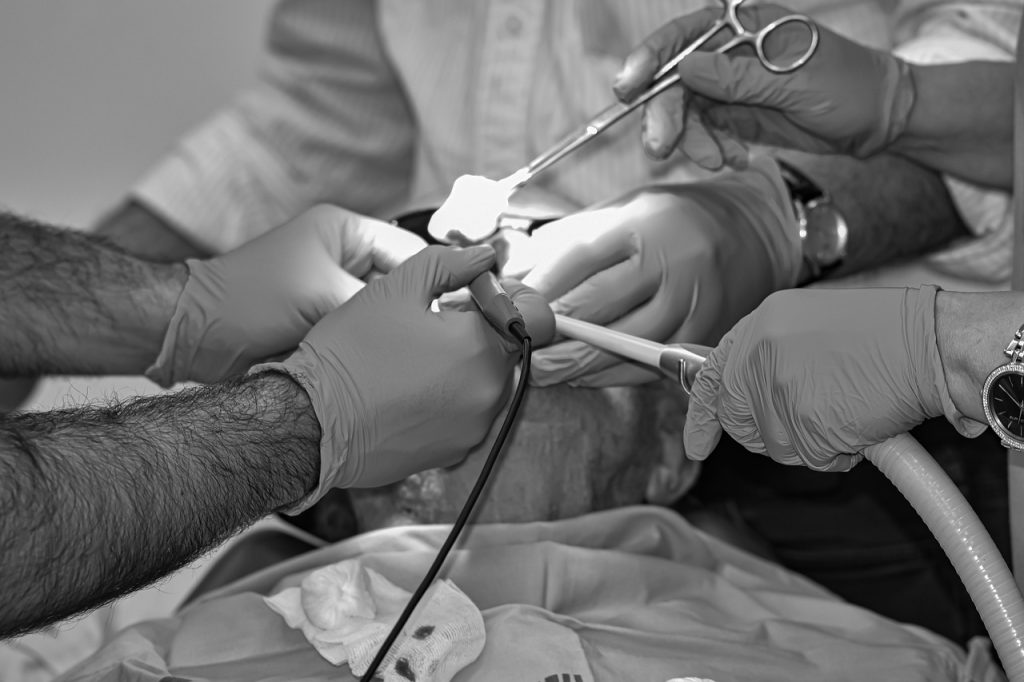
Treatment Options for a Chipped or Broken Tooth
The treatment for a chipped or broken tooth will depend on the extent of the damage and the location of the tooth. Dental bonding is a common treatment option for minor chips or breaks. In this procedure, a tooth-colored resin material is applied to the damaged area and shaped to blend in with the natural tooth. Dental veneers may be recommended for more significant cosmetic concerns. These thin porcelain shells are custom-made and cover the front surface of the tooth, hiding any chips or breaks. When a tooth has extensive damage or a large filling, a dental crown may be necessary. A crown is a cap that is placed over the damaged tooth, providing strength and protection. In cases where the tooth’s pulp is affected, such as in a cracked tooth, root canal therapy may be required. This involves removing the infected pulp and sealing the tooth to prevent further damage. In some cases, the damaged tooth may need to be extracted if it cannot be saved or poses a risk to oral health.
Prevention of Chipped or Broken Teeth
While accidents can happen, there are several preventive measures you can take to reduce the risk of chipping or breaking a tooth. Wearing mouthguards during physical activities that involve potential impact or injury can help protect your teeth from trauma. Avoiding habits like grinding or clenching can prevent unnecessary pressure on the teeth that may lead to damage. Regular dental check-ups are essential for maintaining good oral health and catching any early signs of tooth decay or damage. Practicing good oral hygiene, including brushing twice a day and flossing daily, can help keep your teeth strong and healthy. It’s also important to avoid hard or sticky foods that can put excessive stress on your teeth and increase the likelihood of chips or breaks.
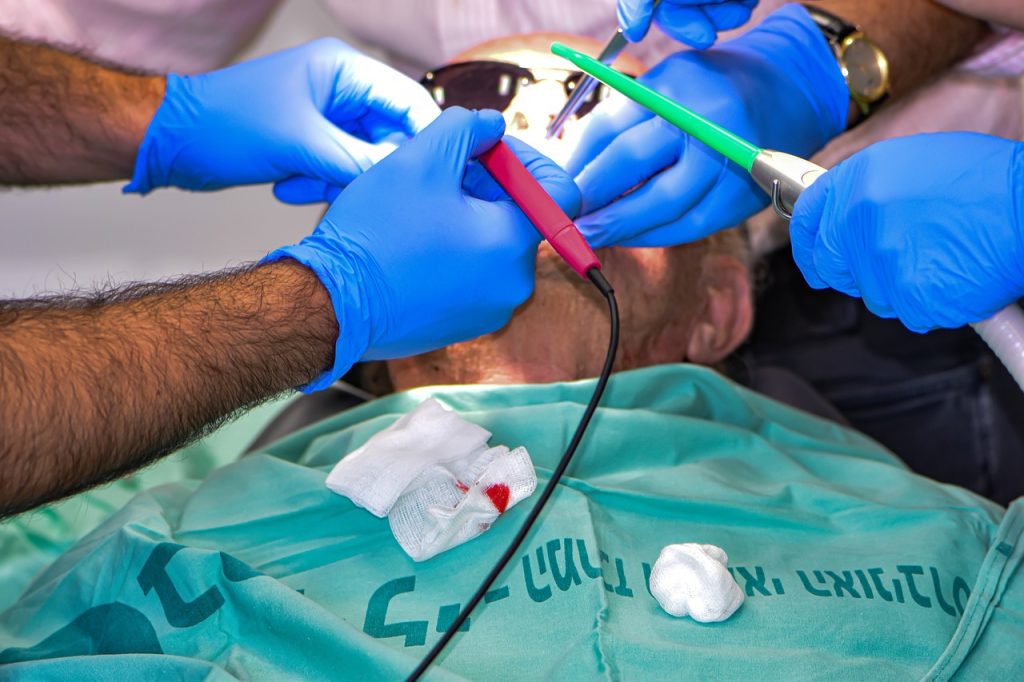
Complications of a Chipped or Broken Tooth
If left untreated, a chipped or broken tooth can lead to several complications. One of the most common complications is tooth infection. When the protective outer layer of the tooth is compromised, bacteria can enter and cause an infection. This can result in severe pain, swelling, and even abscess formation. In some cases, a chipped or broken tooth may eventually lead to tooth loss if not properly addressed. Jaw pain or discomfort is another complication that may arise if the broken tooth affects the bite or proper alignment of the jaws. Impacted speech can occur if the chipped or broken tooth alters the way the tongue moves during speech, resulting in speech difficulties. Lastly, the aesthetics of a chipped or broken tooth can have a significant impact on a person’s self-confidence and overall appearance.
Home Remedies for a Chipped or Broken Tooth
While home remedies cannot replace professional dental treatment, they can provide temporary relief until you can see a dentist. Rinsing your mouth with warm saltwater can help reduce inflammation and soothe any discomfort. Applying a cold compress to the affected area can help numb the area and reduce swelling. Over-the-counter pain relievers, such as ibuprofen or acetaminophen, can help manage pain until you can see a dentist. It’s important to avoid hard or chewy foods that can further damage the tooth. If there is a small chip or break, temporary dental filling material can be purchased at most pharmacies and applied to the damaged tooth until you can see a dentist.
When to See a Dentist
While it may be tempting to wait out a chipped or broken tooth, there are certain situations where it is crucial to seek immediate dental care. Severe pain or bleeding that does not subside within a reasonable amount of time should never be ignored. Exposed nerves or pulp, which can be identified by heightened sensitivity or a visible hole in the tooth, require prompt attention to prevent infection. If there is visible damage to surrounding teeth, such as cracks or fractures, it’s important to have a dentist evaluate the extent of the damage. Repeated chipping or breaking of teeth may indicate a more significant underlying issue that needs to be addressed. Finally, any changes in tooth color or texture should be addressed by a dentist, as this may be a sign of decay or infection.
Conclusion
A chipped or broken tooth can be an alarming and uncomfortable experience, but with prompt and appropriate dental care, it can be effectively managed. By understanding the causes, signs, and types of chipped or broken teeth, individuals can better identify and address these issues. Seeking professional dental care for diagnosis and treatment is essential, as it ensures the best possible outcome and prevents further complications. Additionally, practicing preventive measures, such as wearing mouthguards, maintaining good oral hygiene, and avoiding harmful habits, can help reduce the risk of chipping or breaking a tooth. Remember, if you experience any symptoms or notice any changes in your teeth, it’s important to consult a dentist for proper evaluation and guidance.

